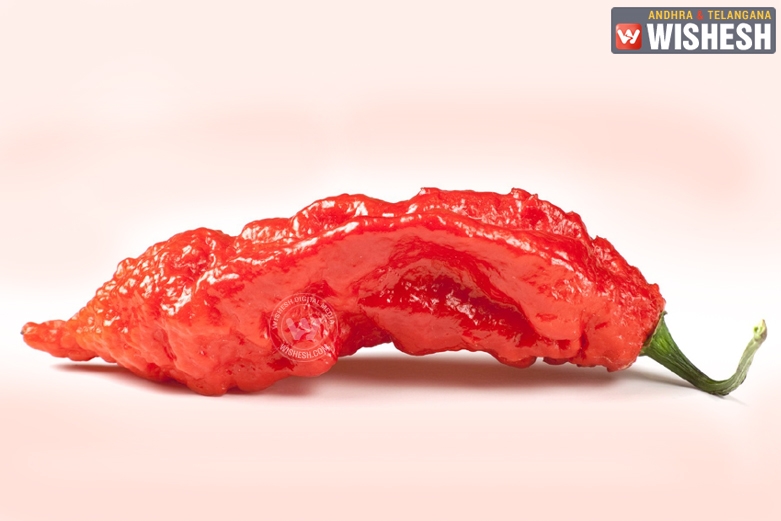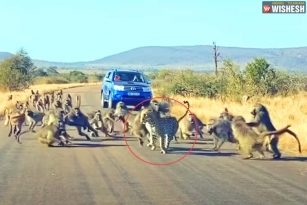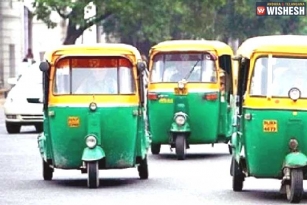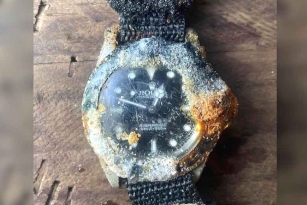
47-year-old American ate a burger smothered in a puree made of Bhut jolokia - luminous orange chillies that grow in India, also known as ghost peppers. Within seconds, the man began to vomit. His vomiting continued so violently that he eventually tore a hole in his esophagus.
He began reeling on the floor in pain that he was taken to the emergency room. Doctors performed an abdomen and pelvic scan that revealed a build up of air, fluid and food inside his body. Eventually he was wheeled into the operation room, where surgeons discovered a 2.5cm tear in the left side of his throat. The man was given a tube to aid his breathing for 14 days as he recovered.
A ghost pepper's heat is described in terms that are normally reserved for carpet bombings. Its heat is measured at 1 million units on the Scoville scale, a per-mass measure of capsaicin - the chemical compound that imbues peppers with heat - until recently was a world record. Peppers that pass the 1 million mark are called superhot.
Ghost peppers and other superhots provoke extreme reactions. "Your body thinks it's going to die," as Louisiana pepper grower Ronald Primeaux said. "You're not going to die."
Ghost peppers were first grown in India, where they are known as bhut jolokia. A seed from the pepper can cause a mouth to smolder for up to a half-hour. To put that in perspective: a sweet bell pepper has 0, Tabasco has 100, and Jalapeno has 2,500.
The Washington Post's Tim Carman described eating a pea-sized chunk of the pepper, sans seeds, in 2012. "It was as if my head had become a wood-burning oven, lighting up my tongue and the interior of my skull," he wrote. "Milk provided little relief, until the burn began to subside on its own about 10 minutes later."
Medics said: 'This case serves as an important reminder of a potentially life- threatening surgical emergency initially interpreted as discomfort after a large spicy meal.' Few people survive a tear in the esophagus, a medical complication known as Boerhaave syndrome.
It was first reported in 1724 by a Dutch doctor called Herman Boerhaave. With very few typical symptoms, it is difficult to diagnose before it is too late. After a while, sufferers commonly develop potentially fatal shocks or sepsis. However, around a third of cases happen under unusual circumstances. It is not clear how the ghost pepper prompted the man's esophagus to rupture - whether it was the inflammation, the retching, something else, or a combination of factors.
By Premji













